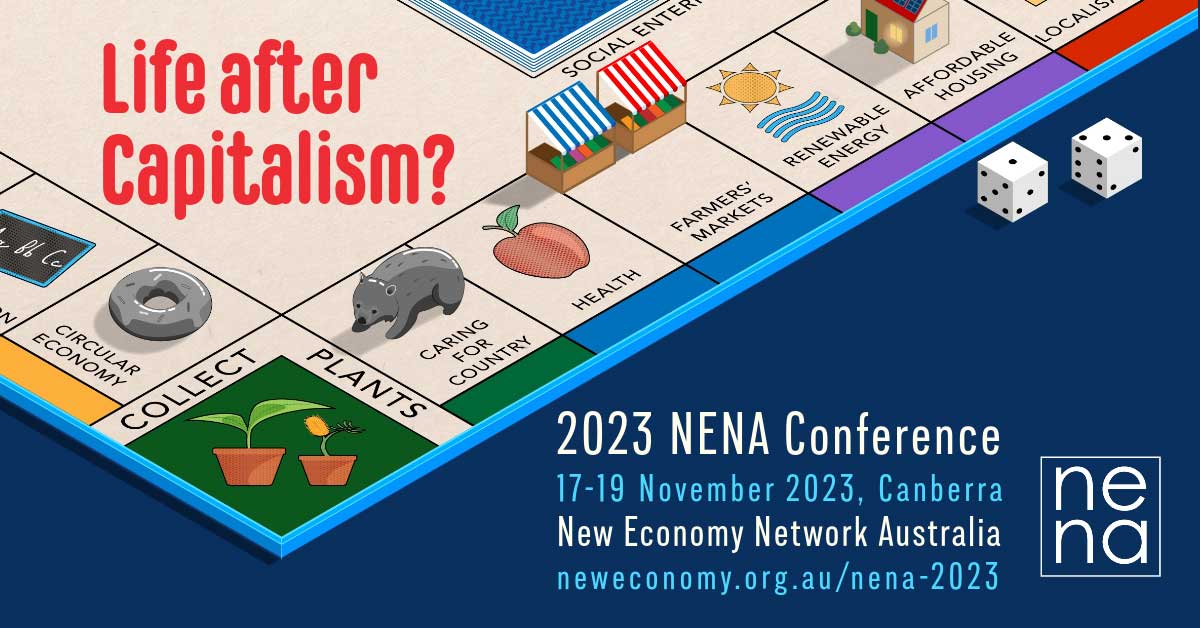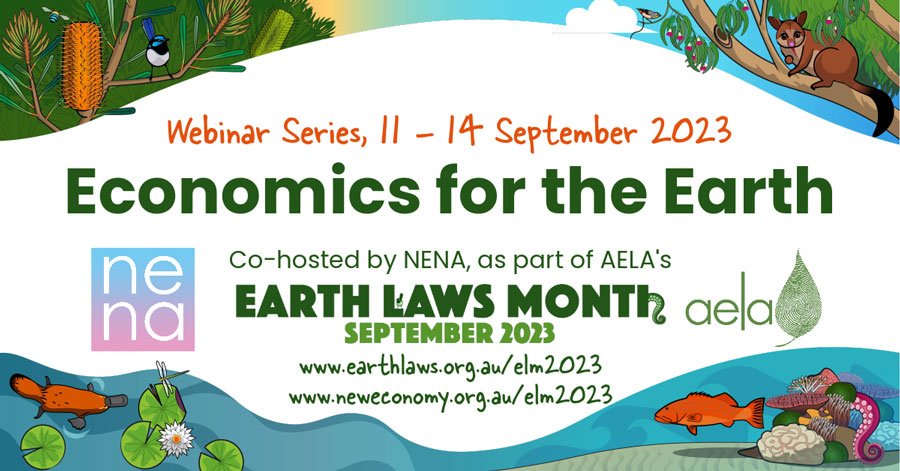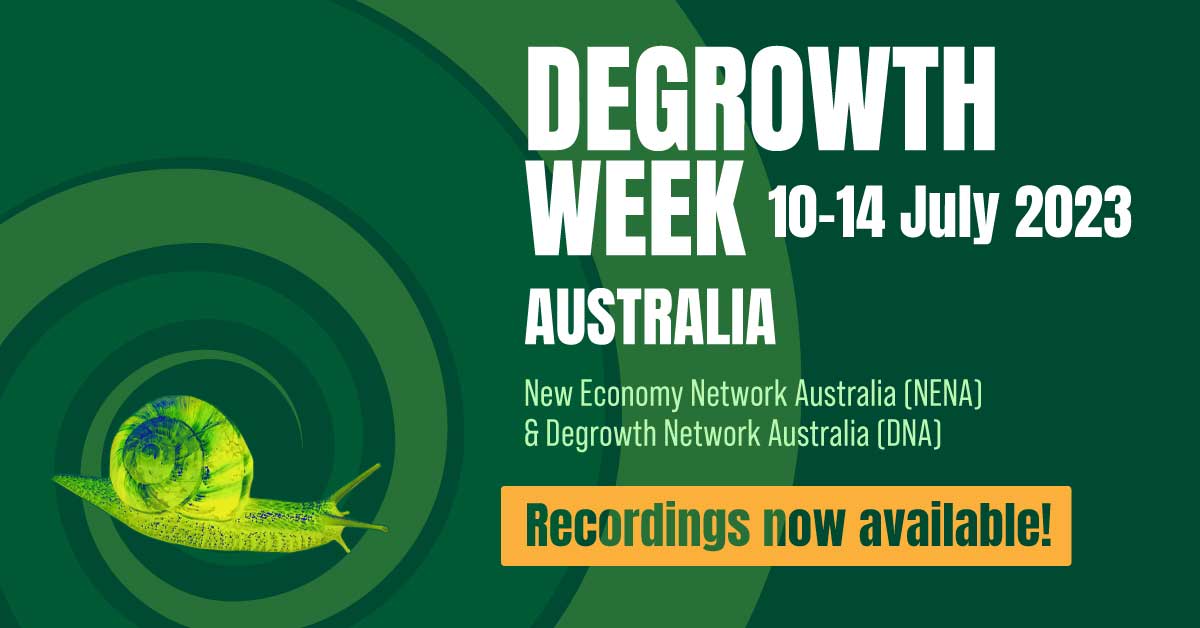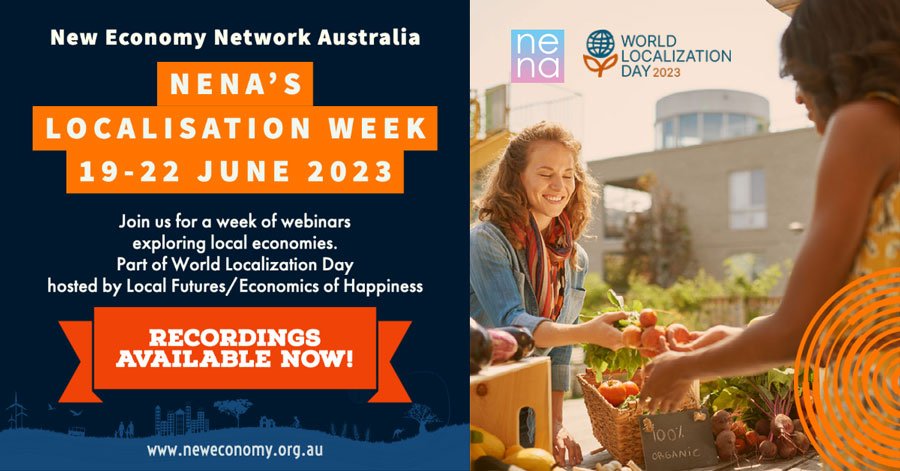What’s wrong with our economic system?
Professor Frank Stilwell has recently suggested that its limited evolution and inability to connect the science of economics with contemporary issues are two main issues, and pointed to the diminished demand for economics degrees as a symptom of economics’ ailment.
Stilwell is not alone: moving away from the growth paradigm has been on the agenda for a while, with leading international organisations, including the OECD and the IMF, joining the calls for a new economic approach.
In this piece, I describe other symptoms in our current system that lead to a not so coincidental analogy to that of a patient with COVID-19 - and a course of treatment that might yet cure the disease
Exposure
To get COVID-19, the virus needs to find a way into the host through the mouth, eyes or nose shortly after the exposure. Our current economic system is like a person who was advised to stay under self-isolation, but still decided that going out was essential (for medicines, groceries, or a short walk, who knows!). In this context, and citing Professor Stilwell, the repeated efforts to point out disjunctions between economic theory and the world’s needs are equivalent to the stay-in recommendations, while the reluctance to implement structural changes in the system and reduce this gap is the analogy of the decision to go out regardless.
Symptoms
Symptoms depend on the strength of the host’s immune system and factors such as age, underlying illnesses, smoking status and even the level of air pollution around them. According to the WHO, the incubation period — time between exposure and symptoms — could last up to 14 days. Then, the most common signs are fever and a continuous cough, while the loss of smell and taste, headache and diarrhoea are among the less frequent ones.
Fever
This symptom may appear in two different ways. On the one hand, there is external fever, which is physically noticeable and can be detected with a thermometer; it is common in infections and offers survival benefits: at higher temperatures, pathogens struggle to replicate, antibiotics work better, and the immune system is more effective. On the other hand, “internal” fever is not a scientific or medical term and refers to a general discomfort, similar to that of fever, more likely to occur in people suffering from stress/anxiety or due to drug-related causes. Unlike the first, with no real temperature change it has no perceived benefit.
The planet has felt external fever for a while already. For example, the average increase per decade of the global surface temperature is more than twice as great since 1981 (0.18°C) as that of the previous century (0.07°C). In the same way too much fever would destroy even healthy cells, and produce internal bacterial translocation and endotoxin absorption, the fever that our global system faces has been increasing so much that the internal effects, not visible for a while, started to appear. These effects include the restructuring of productive and social forces that have deepened inequality, both in traditional (income) and modern forms (education, institutions, labour market...).
Our internal fever is also noticeable and causes concern. Our society suffers the anxiety and the emptiness of an unbalanced existence. The workaholic culture, the easy-buck wall-street mindset, and excess consumption habits have taken over, all of them acting as drugs that distract us from and cover more serious symptoms. Besides, contemporary social pressure to use these drugs is high, in the same way coffee, alcohol or some analgesics are socially accepted and widely used. In any case, the current reality shows that their placebo effect is not enough anymore, or that their collateral effects are already too strong to continue unnoticed.
Dry cough
A hallmark symptom of COVID-19 is a dry, continuous cough. Since 2008, and more so in 2019, many social, political, environmental movements have been coughing and several countries have faced jolts. Latin America was the scenario of a domino effect in terms of social disruptions, but that is not a surprise when eight of the ten most unequal countries in the world are Latin American. Environmental clues from all over the world: air pollution, raising oceans, diminishing water quality and supply, biodiversity loss, and wildfires, have been assumed as part of our normality too.
No matter the source or content of the messages, maybe our numbness made us blind and deaf to the world's cough. Or maybe, it was easier to hope that the cough was not so serious and that, even if it did not go away eventually, we could continue with our lives as if it was not there.
Difficulty to breathe
When the cough worsens, patients with COVID-19 get breathless and need assistance or hospitalisation to prevent permanent lung damage. Our economic system breathes through production and consumption, but global quarantines and mobility restrictions have reduced those activities to the minimum, to what is essential. And even the definition of essential has changed drastically: oil, for instance, reached negative prices for the first time after being one of the most valued products in the world. The question here is: will the current system recover by itself or will it need assistance soon?
Loss of smell and taste
The British Association of Otorhinolaryngology outlined that anosmia and hyposmia (reduced ability to smell and detect odours) are lesser-known symptoms of the virus that could last for seven to fourteen days. Although it is not unheard of for viral infections to produce them, there is no consensus as to why it happens and patients have no way to deliberately alter this state. Similarly, the deterioration of our systematic sensitivity is not new, and identifying the reasons behind it is not an easy task either. However, we can address our system’s insensitivity by looking further and asking ourselves what is necessary to do beyond covering our personal needs. With that, the questions of when and where human beings left the “human” component behind will not be relevant anymore.
Diagnosis
In sum, and coinciding with the article mentioned at the beginning, my diagnosis is that the current economic system is far from healthy.
While the pressure for radical change has not reached a tipping-point yet, the increasing inequality, insecurity and unsustainability of the ongoing situation must be seriously addressed if we want to recover. Likewise, the recognition of institutional and historical contexts cannot remain marginal in the decision of how the new version of the system should be structured.
Treatment
A WHO examination of data suggests that only 6% of COVID-19 cases are critical. The mortality rate is even lower, but it can be problematic when remaining untreated. Thus, it is crucial that we act and take care of the shock our system is facing.
The world was forced into resting time. In the same way a body uses rest to fight the illness and recover, we should rethink and rebuild ourselves in the process. We must fight back and contribute to shape the recovered version of our society.
As we did not act earlier, resting only is not enough anymore. Our system needs the assistance of medicines and professional care to recover. Such medicines will not be cheap nor easy to find, and they will possibly cause secondary — not so enjoyable — effects. Nonetheless, and despite the fact that survival is not granted, the only way out is to pay the price and take them.
The treatment requires a dietary modification too. Irrespective of geographical location, there is a clear prescription for individuals, households, companies and governments to revisit consumption habits and move towards spending adequacy, efficiency and sustainability. It is also time to lower the intake of ready-to-eat ideas so that we can create and provoke individual analysis of our surroundings instead.
As Franklin Roosevelt once said, “The test of our progress is not whether we add more to the abundance of those who have much; it is whether we provide enough for those who have too little." It is time for us to take the chance and change, to act as the inherently interrelated cells of a unique whole we are. It is time for us to contribute with the improvement of the weaker and more affected cells and tissues, even if that means to give out a part of ourselves. Otherwise, our own existence —in the way we know it— might not last much longer.
















